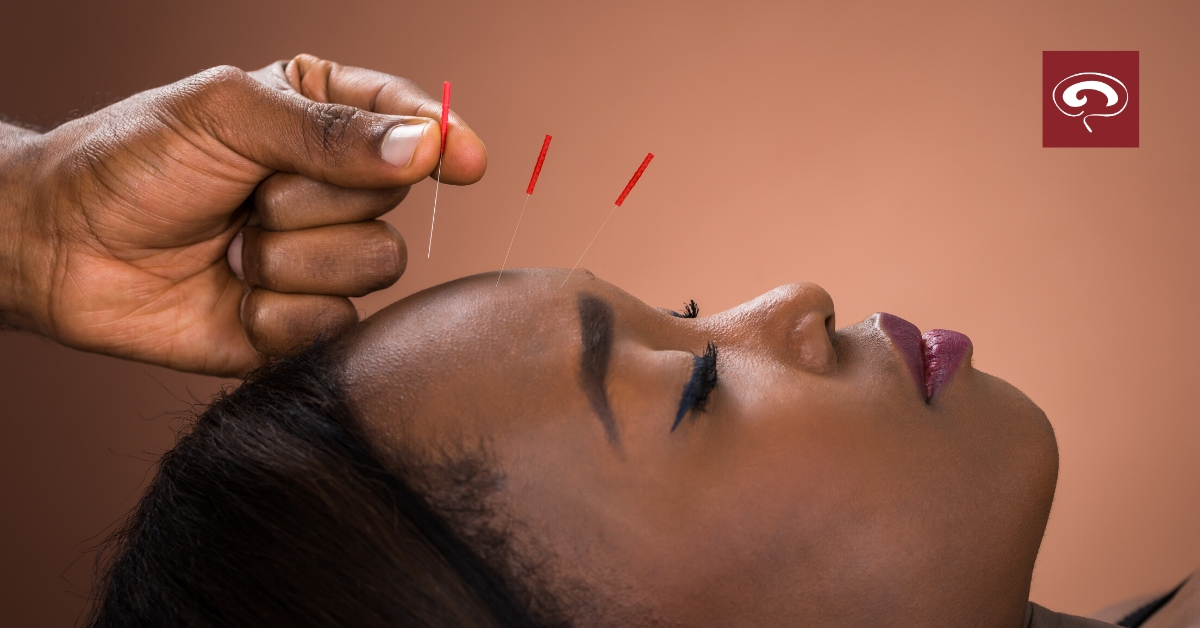
Comparing the Effectiveness of Acupuncture Treatment Versus Standard Medications Used for Prevention of Migraine
A new review gathers evidence for acupuncture’s effectiveness but also shows the need for a more standardized protocol
Acupuncture is becoming a more widely available therapy for the prevention and treatment of migraine. But its effectiveness is still in question in comparison to pharmacological treatments. This is despite few treatments having Class A and B evidence for migraine prevention. A new systematic review published in Headache® analyzes data from existing randomized trials that compare the effectiveness of acupuncture treatment with conventional migraine preventative medications.
Data shows a correlation but also demonstrates a need for protocol standardization
The authors found, out of 706 search results, a total of seven high-quality clinical trials that met their inclusion criteria. “What we saw was that several of these studies show that acupuncture was just as effective as standard pharmacologic treatments,” said Niushen Zhang, MD, clinical assistant professor at the Department of Neurology & Neurological Sciences at Stanford and lead author on the paper. “But differences in heterogeneity and the methods used in these trials limited any effective comparison or analysis amongst all the studies.”
The authors focused on trials that looked at acupuncture versus oral medications or standard Western migraine preventive medicine. This differed from previous research on the subject.
“There is growing evidence that acupuncture is just as effective and has fewer side effects than many of the standard pharmaceutical agents that are currently used. However, the heterogeneity of the existing studies limits effective comparison and analysis,” the authors concluded.
A road to further research
The takeaway for providers, Dr. Zhang said, is better awareness of the growing evidence that acupuncture can be just as effective as some standard preventative headache medicines, and that for some patients, acupuncture is another treatment option that can be considered. “Acupuncture belongs in a separate sort of school of medicine—the realm of traditional Chinese medicine. So, the question is how do we effectively and appropriately incorporate that kind of treatment into more of a Western model of medicine?”
In terms of future acupuncture research, Dr. Zhang believed it’s important to develop a more standardized protocol for how acupuncture is studied in clinical trials. “I think that’s going to allow us to effectively compare results across different studies.” For instance, she said there’s a need to standardize the use of acupuncture in these clinical trials. This would be in comparison to placebo; or to sham acupuncture, which may lack skin penetration or involve shallow penetration of the needle, insertion at points that are not traditional acupuncture points or not achieve “deqi”—an expected needling response considered an integral element of the healing process.
In addition to implications for future research, Dr. Zhang said, the overall takeaway for providers is to “keep an open mind for different types of treatment for our patients and to keep in mind that acupuncture could be a good fit for some patients.”
Headache®: The Journal of Head and Face Pain is the official journal of the American Headache Society. AHS frequently reviews published research and provides commentary on the work being done to help advance the understanding of headache and face pain. For more analysis of studies published in Headache®, visit the AHS News page.


